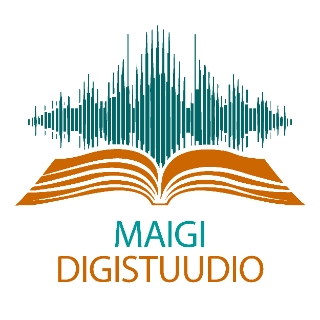The art of crafting an audiobook: a behind-the-scenes look
The digital revolution has transformed the way we consume literature. Audiobooks have surged in popularity, offering a convenient alternative to traditional reading. They allow listeners to enjoy books while commuting, exercising, or performing other tasks, making them a perfect fit for today's fast-paced lifestyle.
Creating an audiobook is an intricate process that involves several stages, from selecting the text to distributing the finished product. This post will take you on a journey through the meticulous art of audiobook production, providing a glimpse into the world behind the play button.
Pre-Production Phase
Not all written content is suitable for audio adaptation. The selection process involves considering the material's appeal to audio listeners and its potential to be engaging when heard rather than read.
Once a text is chosen, it must be carefully adapted for the audio format. This can include altering sentence structure for clarity, adding descriptive language to replace visual elements, and ensuring the text flows naturally when spoken.
The narrator's voice is the heart of any audiobook. Selecting the right voice involves matching the tone, pace, and style to the material, as well as considering the narrator's ability to bring characters to life.
Production Phase
The recording process is where the magic happens. Narrators perform the text in a soundproof studio, capturing the nuances of the story with their voice.
A director often guides the narrator, ensuring consistency in the performance and helping to interpret the material in a way that resonates with listeners.
While not all audiobooks require sound effects, those that do must integrate them seamlessly. Sound designers work to create an immersive audio environment that enhances the listener's experience.
Post-Production Phase
After recording, the audio goes through editing to remove mistakes and ensure smooth transitions. Mastering involves fine-tuning the sound quality to produce a polished final product.
Quality assurance is crucial to ensure the audiobook meets industry standards. This stage may involve multiple revisions based on feedback from editors and beta listeners.
The final step before distribution is packaging the audiobook with appropriate cover art and metadata, which includes titles, chapter headings, and author information, to ensure it is easily discoverable by potential listeners.
Distribution and Marketing
Distribution involves selecting platforms that reach the target audience effectively. This can range from popular audiobook retailers to subscription services and libraries.
Effective marketing is essential to stand out in a crowded market. Strategies may include leveraging social media, engaging with book clubs, and utilizing influencer partnerships.
For authors and publishers, understanding the role of SEO in promoting audiobooks online is vital. Optimizing content for search engines can significantly increase visibility and drive sales.






Comments (0)